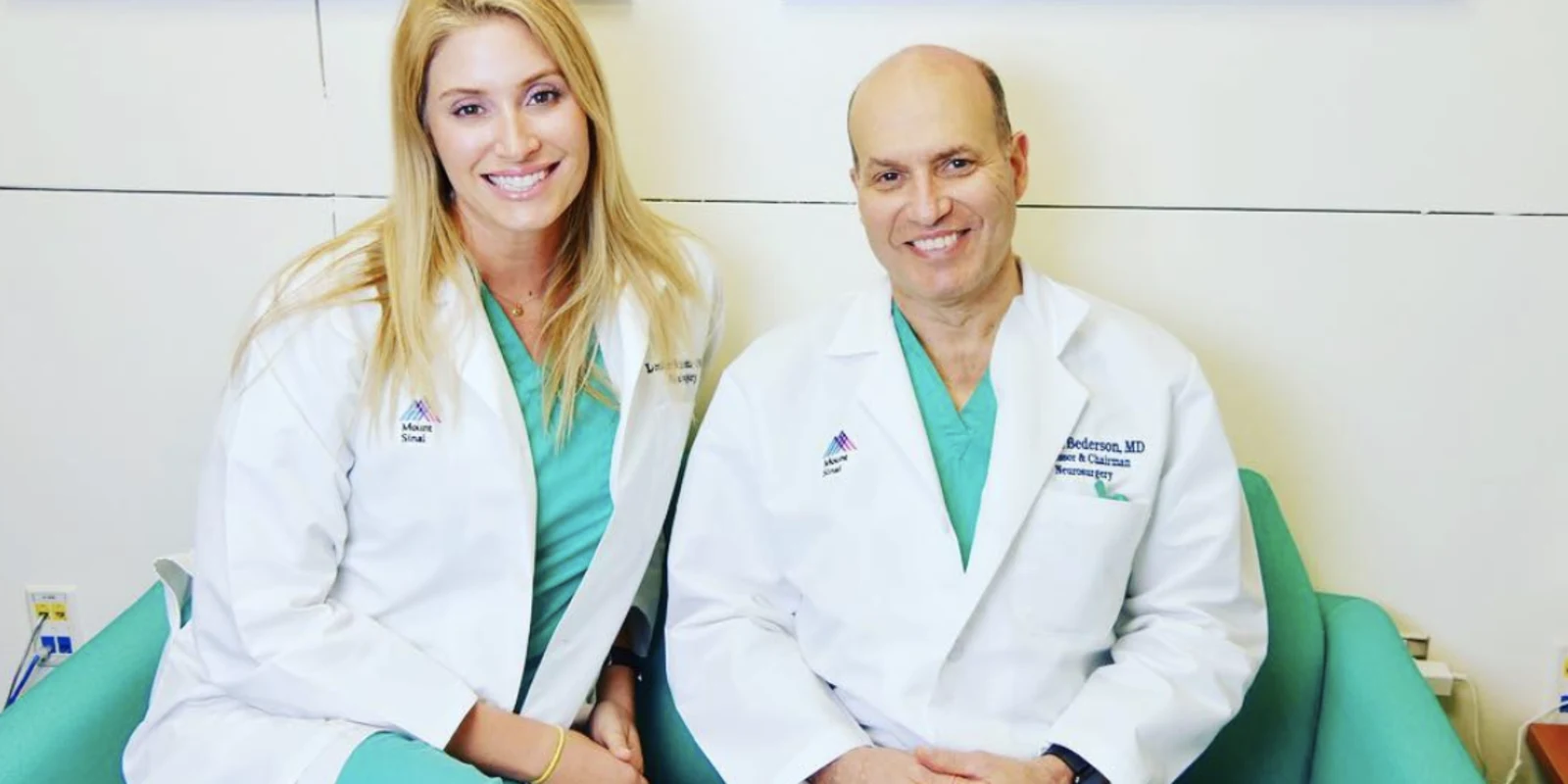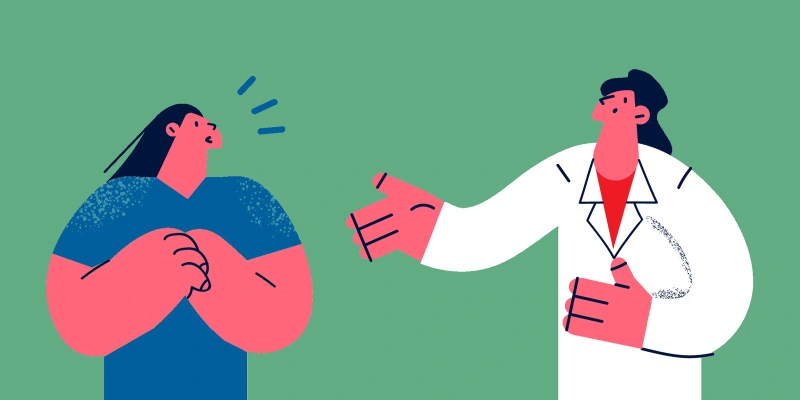 Mount Sinai Health System in New York City is a rich breeding ground for Advanced Practice Providers (APPs). “I’m insanely proud of the growing number of NPs and PAs in all Mount Sinai sites across the different boroughs,” Leslie Schlachter, PA-C, shares. She is Chief Physician Assistant of Mount Sinai Health System’s Department of Neurosurgery, the largest neurosurgery practice in New York City. Leslie and Dr. Joshua Bederson, MD, Department Chairman, believe the future of health care will only reap in immense benefits from truly investing in the training and mentorship of APPs.
Mount Sinai Health System in New York City is a rich breeding ground for Advanced Practice Providers (APPs). “I’m insanely proud of the growing number of NPs and PAs in all Mount Sinai sites across the different boroughs,” Leslie Schlachter, PA-C, shares. She is Chief Physician Assistant of Mount Sinai Health System’s Department of Neurosurgery, the largest neurosurgery practice in New York City. Leslie and Dr. Joshua Bederson, MD, Department Chairman, believe the future of health care will only reap in immense benefits from truly investing in the training and mentorship of APPs.
According to the U.S. Department of Labor, Bureau of Labor Statistics, the employment of physician assistants and nurse practitioners is projected to grow 30-40 percent by 2026, much faster than the average for all occupations. Leslie is no stranger to the fact that many physicians are wary of this growth and for their job security. She understands their concerns, and hopes more physicians can adopt the Mount Sinai mentality of believing “the more you put into a NP/PA, the more you get out of it.”
Leslie’s and Dr. Bederson’s working relationship is an excellent one because of mutual respect and trust. They understand each other’s needs in being able to both successfully treat patients and run a department. They text message and communicate all day on patient and workflow updates. “When a PA interviews for a job, they are actually interviewing for a relationship with a physician. It’s interviewing for the human being that will sign off on all your patient encounters. I know I will be seeing this person more minutes in a day than my own spouse.” Leslie also knows that her working relationship with Dr. Bederson is a rare one, and that it can be difficult fostering the right relationship. “He stands behind me and values me 100 percent. In the past, I always felt like I had to impress and needed permission to do my job. It took me years to overcome those feelings and it is still a struggle to this day. Being a PA is very much managing communications and expectations with your attending physician, as well as with patients.”
Dr. Bederson speaks very highly of Leslie Schlachter. “Leslie’s abilities are unique. I’ve never met anyone as talented as her,” he shares. “The talent and strength of the PA should not be underestimated.” He advises other physicians interested in cultivating this kind of partnership to find the strengths of the PA and give them as much ownership and autonomy as possible. “Relinquishing some ownership of the MD and giving responsibility to the PA is essential to the success of the practice. Her work greatly expands what I can do as a surgeon.” Dr. Bederson acknowledges that this way of thinking and collaboration goes against the grain of what is taught in surgical and medical training, but the mutual benefits to this partnership are transformational.
The patients and families that their team care for are caught in the harrowing limbo that is undergoing and recovering from neurosurgery. “Patients and families don’t cry until the surgeon leaves the room.” She accompanies them through a trying and uncertain journey where life and normalcy is not always guaranteed. Leslie and Dr. Bederson work in the high-stakes world of brain tumors, spinal cord compression and injury, and stroke, specializing in cranial and skull-based surgeries. Under the pressure of the clock, the team must evaluate the neurological emergency, make a plan to operate, get the patient on a table ready for surgery, and see them through post-operatively and discharged to outpatient and home care. PAs like Leslie fill in the gaps to support patient care when physicians are limited.
The expansion of Dr. Bederson’s practice has led to an increased volume of patients. “They need to be treated in a safe way and the solution is not by hiring more neurosurgeons. Only a portion of their care happens in the OR with me. There’s a great deal preparing before surgery and following up after. There is also the utilization of technology, using simulation to explain procedures to patients, choosing and preparing studies (MRI, lab tests, etc.) and applying that technology. This is a process that requires a team that’s usually not physician-oriented.”
The coordination and follow-up care needed after brain surgery is extensive. Leslie checks in with patients when concerns about headache and wounds and other side effects arise. She provides tremendous value to the team of attendings and residents she works with by fostering this continuum of care from the operating room to home recovery. She opens and closes surgical cases, observes and charts during surgery, as well as follows up with the needs of other patients. Leslie also participates in innovative “navigated surgeries” which links the CAT scan/MRI to the patient through an interface - similar to plugging in information to a GPS to guide the surgery. Leslie and Dr. Bederson run a tight ship - maintaining the flow of a busy surgical practice as well as innovating and advocating for interprofessional health care teams. At the end of the day, Leslie is a dependent practitioner, and Dr. Bederson and her other physician colleagues depend on her too.







